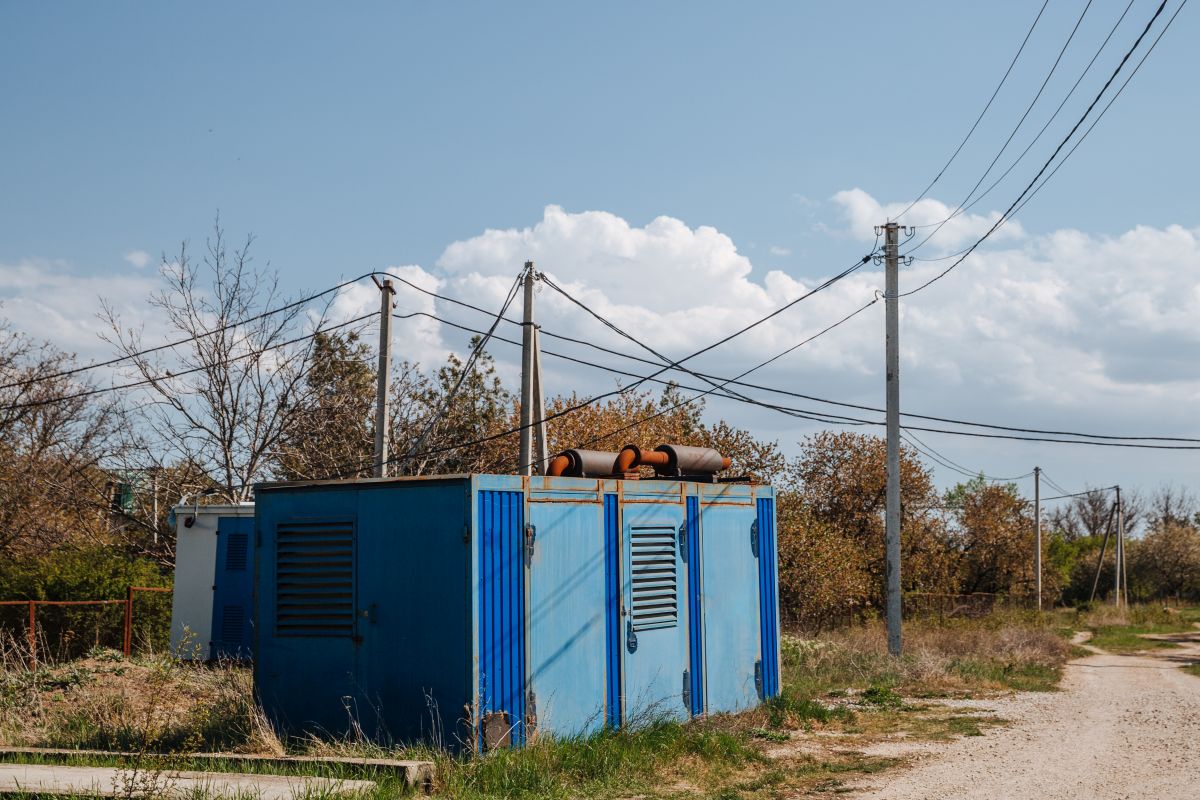WWW.UTILITYDIVE.COM
Under the new approach, PJM will consider three scenarios, including one that factors in state energy policies and another that accounts for expected demand growth from EVs and other developments.
Dive Brief:
- The PJM Interconnection plans to shift next year to a scenario-based long-range transmission planning process that includes consideration of multiple benefits over 15 years away from a process that, among others things, assumes a fixed resource mix at the five-year planning horizon, grid operator staff said Friday.
- Under the new approach, PJM will consider three scenarios: a “base” scenario focused on maintaining reliability, which may affect “near-term” solutions; a “medium” scenario that accounts for state energy policies; and a “high” scenario that incorporates state energy policies combined with expectations for electric vehicles and other developments affecting power use, according to a presentation at the grid operator’s long-term regional transmission planning, or LTRTP, workshop. The scenarios could also include sensitivities such as higher or lower data center growth.
- “We have a good framework,” Asanga Perera, PJM senior manager of scenario analysis and special studies, said during the workshop, noting the grid operator intends to take “quality time” next year identifying the planning assumptions with stakeholders.
Dive Insight:
PJM’s effort to revise its long-term transmission planning comes as the Federal Energy Regulatory Commission is considering requiring grid operators to plan the transmission system using multiple scenarios that look ahead by as much as 20 years and consider various benefits that transmission can provide.
PJM’s proposal considers various system-wide benefits of transmission development such as reduced generation costs, reduced power outages and avoided generation and transmission investments. It could include other factors such as reduced “reliability must run” contracts that are used to keep power plants running past their planned retirements, Emmanuele Bobbio, a senior lead PJM economist, said.
However, the Sustainable FERC Project, housed at the Natural Resources Defense Council, is concerned that PJM’s move to split out consideration of state energy policies from the base reliability scenario – a change from its initial proposal – will make it harder to include state goals in the planning process.
Projects identified in the base scenario will be built “more or less automatically” while projects needed to meet state objectives will be considered separately and require separate negotiations to be built, according to Tom Rutigliano, a senior advocate at the Sustainable FERC Project. “You end up with PJM essentially planning for the wrong future and then adding a bunch of complications to get it right,” he said.
Some stakeholders will likely push back in the stakeholder process against PJM’s decision to remove state energy policy objectives from its base scenario, according to Rutigliano.
PJM contends it doesn’t need stakeholder or FERC approval to include federal and state energy policies in its long-range transmission planning process, according to a position paper the grid operator released before the workshop. It also doesn’t need a new cost allocation methodology for reliability projects that address transmission needs driven by public policy objectives, PJM said.
“PJM believes it is imperative to move forward with long-term, scenario-based planning as discussed in the LTRTP Workshop as soon as possible,” the grid operator said in the paper.
To adopt the new planning process, PJM plans to start discussing needed changes to its transmission planning “manual” with stakeholders next month. It intends to finish that process in the first quarter and then begin a year-long process working with stakeholders to develop its long-term planning assumptions for 2031 through 2040. After transmission needs are identified, it would seek bids to fill those needs in mid-2025 and sign transmission project contracts in 2026.
In cases where projects meet reliability and state policy needs, their costs would be shared across PJM for the reliability portion and with the states that have agreed to pay for them to meet their policy needs, according to Bobbio.
During the workshop, Greg Poulos, executive director of Consumer Advocates of the PJM States, urged PJM to adopt more comprehensive transmission planning reform “to really make sure that we have the cost effective read that we need going forward.” Regional projects account for about a third of PJM transmission projects, he said.
Transmission owners in PJM spent about $25 billion from 2018 through 2022 on “supplemental” projects, with about half of them receiving no regulatory review, according to a presentation by Poulos at the meeting. PJM reviews those projects to make sure they won’t hurt the grid, but conducts no cost or need review, he said.
“There is frustration [among ratepayer advocates] over the way PJM’s planning process is represented to the public when PJM’s only planning role for 2/3rds of the grid is a do no harm analysis,” Poulos said in the presentation.
PJM operates the grid and wholesale power markets in 13 Mid-Atlantic and Midwest states and the District of Columbia.












